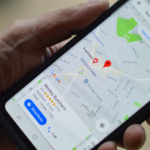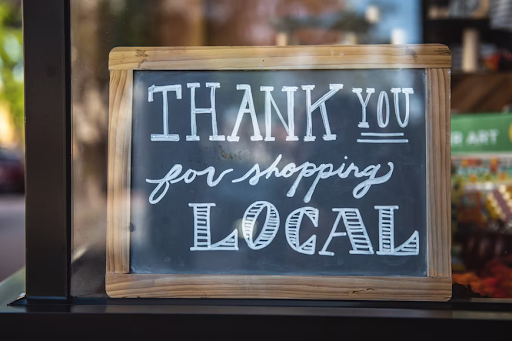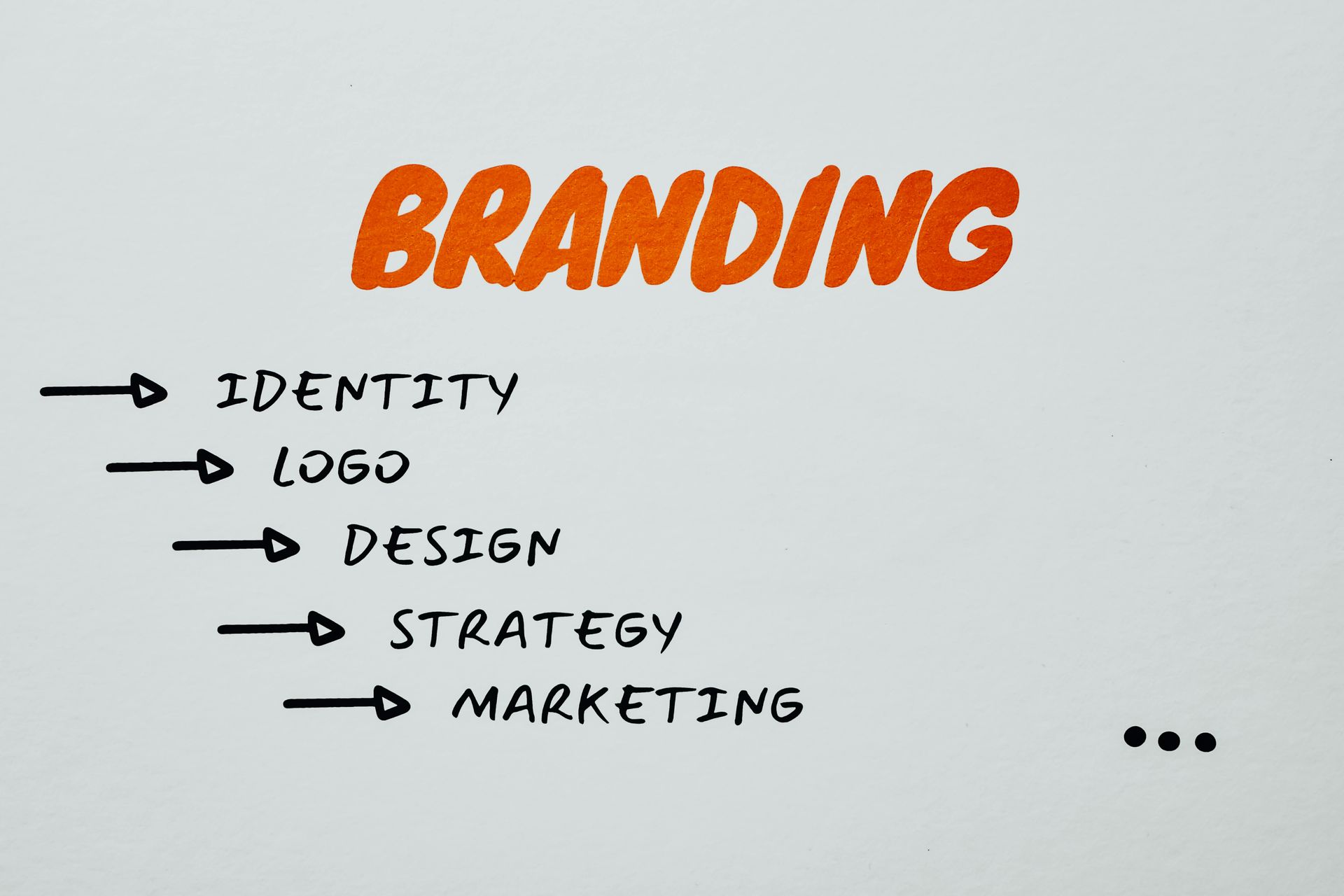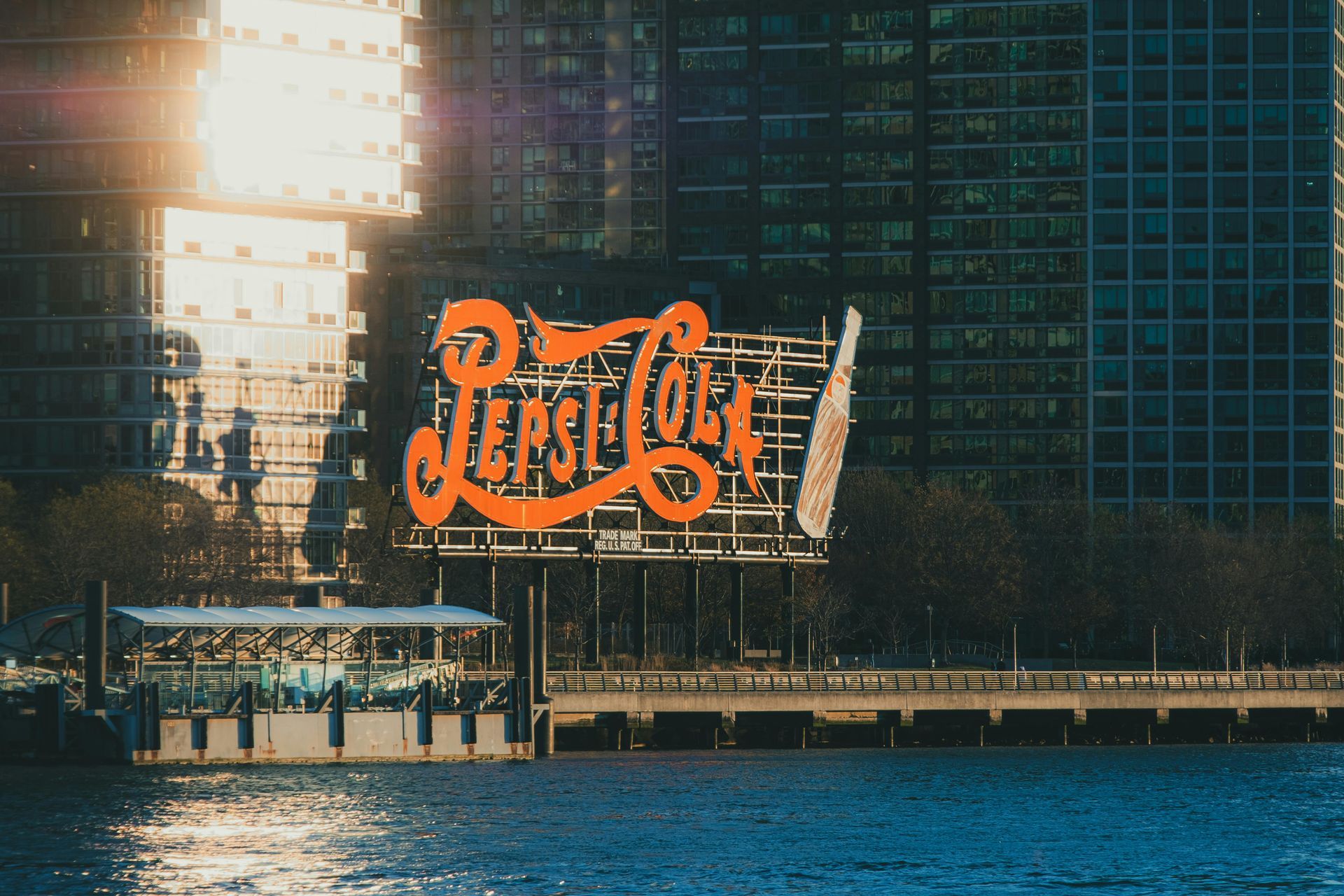Local Business Marketing Success In 2022

Now that the rush of the holiday shopping season is behind us, it’s time for small, local businesses to focus on targeting the customers in their communities. There are a handful of digital marketing moves for these brick-and-mortar stores to make that offer a big impact when it comes to increasing foot traffic. If you’re not sure where to start, begin the process by giving our team a call to assess what’s already in place – and pinpoint what may not be working.
Optimize Google My Business
There’s a reason that many people use the phrases “Google” and “search the internet” on an interchangeable basis. The search engine giant has become the top choice for local searches. If your GMB page is claimed and updated frequently with accurate information, the reward will be your business info showing up in the prime real estate of search result sidebars. Keep your profile updated with store information, operating hours, special deals and discounts, and new inventory to attract customers and entice them to visit in-store.

Offer Curbside Pickup
While your small, local business may not have the budget to deploy a fully-functional eCommerce site and offer free shipping, you can offer the convenience of online shopping. Implement buy online, pickup in-store (BOPIS) policies, and sell products through social media. This helps you bypass the budget and time that goes into building an eCommerce platform, along with offering a competitive edge when online sellers are out of stock. Who wants to wait 3-5 business days when the item they want is just around the corner?
Lean On Email
The customers on your email list have already interacted with your brand at some level, whether it was to click on your website or make a purchase in-store. Use that experience to reach out with email newsletters and blasts, but with one caveat: Make sure to segment your audience and personalize emails based on demographics. One idea is to offer promo codes that can be used in-store only, sent to customers in particular zip code(s) of your service area. If you also have access to SMS (text) message marketing, these promos can also help convert visitors into customers.
Start a Referral Program
At its most fundamental level, referral programs are a marketing tactic that helps to encourage your customers to become amplifiers for your brand. However, this isn’t about getting just anyone to become a customer. A well-planned referral program targets those leads who are the best fit for your business, meaning they’re much more likely to convert. In turn, this makes your other marketing strategies much more effective with much higher ROI because the leads are warm.

Deploy Tech Tools
Customer relationship management (CRM) tools can be valuable for any size business to gain a competitive edge when recovery is on everyone’s mind, and customer interactions are vital to keeping doors open. If you’re ready to get serious about continuity, consistency, and results in your marketing, you need an experienced professional to help you build and deploy a marketing system to land your new best customers.
Work With the Professionals
Digital marketing, content marketing, SEO, website creation, social media, and email can be confusing and overwhelming. So why add in the need to manage different vendors across every channel? Free up your time and lower your overall costs with one of our marketing packages. We combine effective marketing tactics into practical, proven marketing systems — contact us today to get started!
The post Local Business Marketing Success In 2022 appeared first on Cole Dalton.









